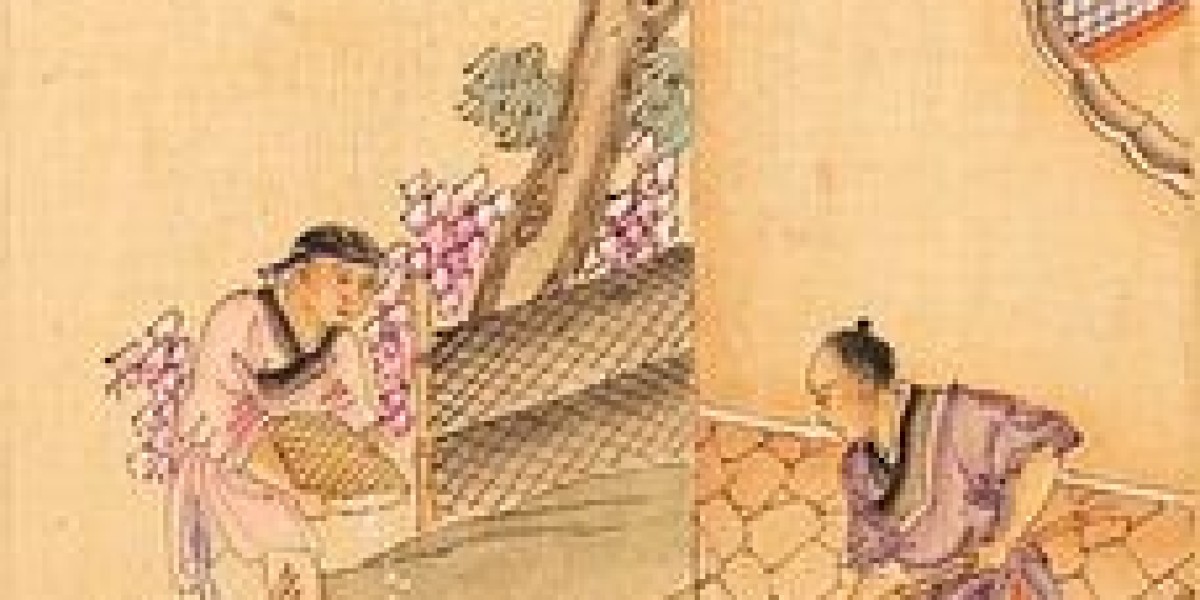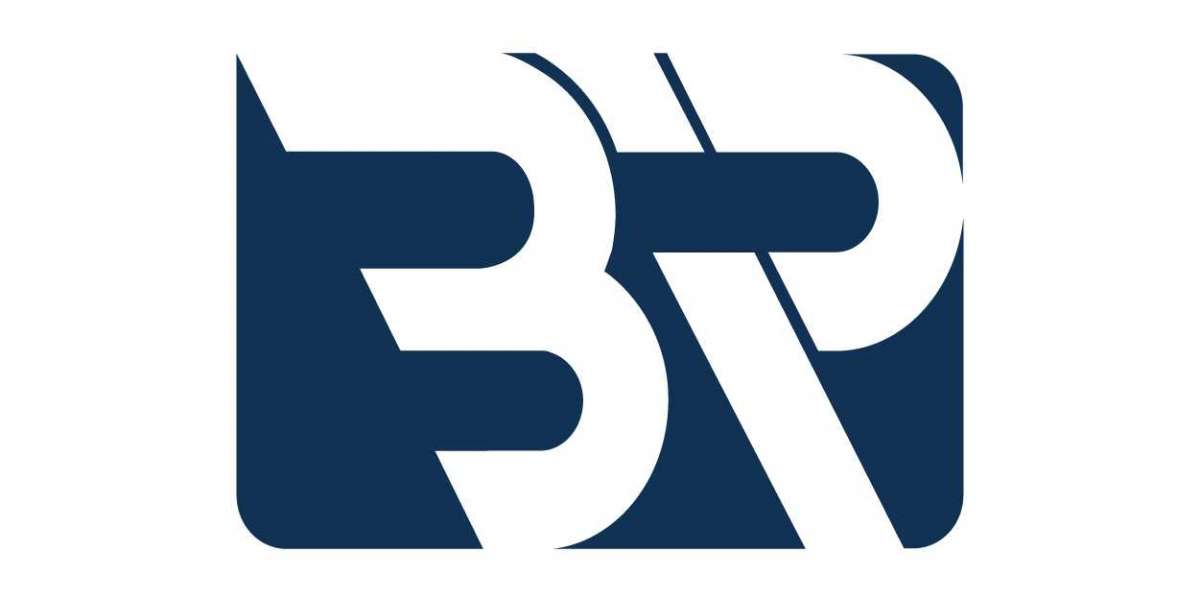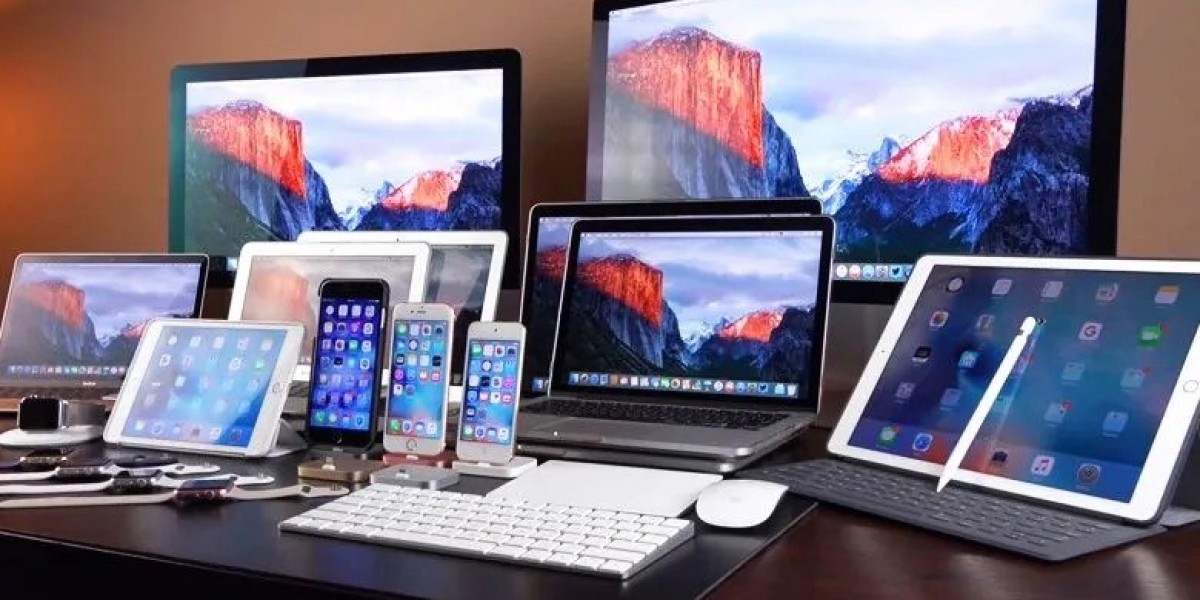Tracing the Rich History and Contemporary Relevance of Framed Chinese Calligraphy
Framed Chinese calligraphy is a tangible witness to an ancient art style that has smoothly crossed decades. These painstakingly created figures continue to serve as compelling windows into China's history, culture, and aesthetic expression as they find their place within elegant frames. In this post, we will travel back in time to investigate the multifarious use and historical significance of framed Chinese calligraphy in the past, as well as its continuous relevance now.
The Ancient Roots of Chinese Calligraphy
Chinese calligraphy may be traced back to the dawn of Chinese civilization. Its history is intertwined with the evolution of the Chinese writing system and ink and brush techniques. Calligraphy was more than just a medium of communication; it was a type of art that encapsulated the spirit of Chinese culture.
Chinese philosophers, poets, and painters developed their calligraphy talents for millennia, attempting to portray the rhythm and vitality of life in their brushstrokes. Famous calligraphers such as Wang Xizhi and Yan Zhenqing's work became legendary, and their works were regarded as masterpieces.
The Historical Use of Framed Calligraphy
The practice of framing calligraphy is also ancient. Framed calligraphy was a representation of knowledge, refinement, and cultural sophistication in traditional Chinese residences. These artworks were publicly displayed, frequently in the study or major living areas, and served as a source of inspiration as well as a reminder of timeless knowledge.
Emperors and intellectuals alike understood the value of framed calligraphy in conveying sentiments, goals, and ideals. Imperial decrees and important documents were frequently published in calligraphic style, with intricate designs framing them to indicate their importance.
Framed Calligraphy Today: A Blend of Tradition and Modernity
Framed Chinese calligraphy is still a treasured practice in the modern world. However, its application has expanded beyond scholarly investigations. Framed calligraphy is now in high demand for a variety of reasons.
Artistic Expression: Many contemporary artists continue to explore the beauty of calligraphy while challenging traditional techniques. Framed calligraphy pieces are collected as works of art that strike a profound aesthetic and emotional chord with viewers.
Interior Decor: Framed calligraphy has found a home in contemporary interior design. These works of art bring a touch of cultural refinement to homes and businesses by mixing traditional charm with modern aesthetics.
Personalization & Gifts: Framed calligraphy is a popular option for personalized gifts and special occasions. People hire calligraphers to create personalized pieces that express their feelings, blessings, or goals.
Conclusion: A Timeless Tradition in Modernity
Framed Chinese calligraphy, with its rich history and diverse contemporary applications, exemplifies the continuing power of artistic expression. These brushstrokes, which continue to adorn our homes, offices, and cultural spaces, connect us to the knowledge of the past and inspire us for the future. Framed calligraphy is a live art form that bridges the gap between tradition and contemporary, reminding us of the eternal beauty of ink and brush on paper.








